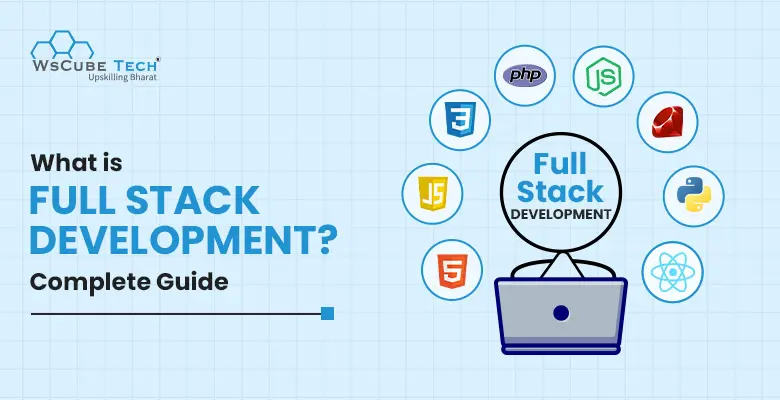As we live in the digital world, a plethora of advanced technologies surround us. A few years back, what seemed to be luxury or mere entertainment has now become a necessity. We can’t even imagine a day without smartphones, laptops, social media, or our favorite gadgets.
All these devices and platforms are the result of different processes, and full-stack development is one of them. Web application development has evolved significantly over the years and is still advancing. Based on clients’ requirements and the complexities of a project, businesses get their websites or web applications designed. Full-stack is one such process that refers to building frontend and backend aspects of websites.
Full-stack website developers work on different layers of a website or web app, ranging from user interface to database, to deliver end-to-end solutions to clients. They integrate different technologies and frameworks to achieve exceptional results and accomplish their goals.

Are you planning to enter the world of full-stack development? Do you have a pile of questions popping into your mind? Then, this blog is for you.
We will discuss interesting details of full-stack web development, exploring full-stack definition, its different components, the tech stack used, and much more. Whether you are just starting your career or hoping to upskill yourself for better opportunities, this guide will help you get insights into full-stack development.
Also read: Types of Web Development in 2025: Full Guide
What is Full Stack Development?
Full-stack development means developing and maintaining all the components, both client-side and server-side, of a website or web application.
It comprises the frontend side of a website, which is the interface users engage with while using web applications. On the other hand, the backend is the server side of a website that is not visible to users but is responsible for APIs and databases. This is where all the coding and programming take place.
Full stack development is gaining immense popularity among companies and online businesses that want to launch interactive, dynamic, and advanced websites and web applications to reach their audiences.
Upskill Yourself With Live Training (Book Free Class)
| Recommended Courses for You | Book Live Class for FREE! |
| Full Stack Web Development Course | Book Now |
| WordPress Course | Book Now |
| Front-End Development Course | Book Now |
Layers in Full Stack Web Development
A web development process has three main layers:
Front-End Layer (User Interface)- It revolves around the frontend part of a website to design a seamless user interface.
Back-End Layer (Server-Side Logic)- It focuses on the data storage operations, such as collecting, storing, and updating data.
Database Layer (Data Backbone)- It deals with handling data validation and logical operations in the backend of an interface.
Every layer of full-stack development requires a skilled professional to work dedicatedly on a project and create a complete website. When a lot of team members from different backgrounds work on these aspects, it can lead to complexities and higher expenses. Hence, full-stack web programming requires skilled full-stack web developers to manage the frontend and backend aspects of a website. These are certified engineers in various frontend and backend technologies, frameworks, and libraries.
Also read: Web Developer Salary in India in 2025 (Latest Guide)
Who is Full Stack Developer?

A full-stack web developer is a tech proficient who designs, builds, and maintains a website or web application. They work on server-side and client-side programming software, taking care of different aspects of website development.
Full stack developers handle everything from frontend, backend, debugging, databases, server handling, and APIs to version control systems. Hence, the name full stack.
A full stack developer must be proficient in front-end and back-end technologies, frameworks, and libraries to be able to translate client requirements into excellent web architecture. Furthermore, there must be a keen interest in the field and an in-depth understanding of all the tools and technologies.
Web developers collaborate with different industry professionals to meet clients’ requirements and deliver a rich and functional web app. For this, they must be familiar with each web development step, starting right from strategizing and planning to designing and testing. They secure, strengthen, and safeguard web applications and ensure they run smoothly.
Also read: Web Developer Job Description 2025 (Roles and Responsibilities)
What is Front-end Web Development?
The front-end portion of a website or web app is the user interface through which users take specific actions. It is the side of a website that users see or interact with. It includes design and customer journey on the web app as they navigate the platform. The frontend is directly responsible for user experience as people use it to communicate with the website when required.
Front-end development focuses on user-friendliness, a website’s usability, and aesthetic appeal that make a website more engaging, attractive, and easy to use. Developers use different programming languages and frameworks to build the front-end section of a website or web app, which we have shared in the following section.
Front-end Technologies for Full-stack Web Development
The front-end part of a website or web application is built using some of the most popular pr
ogramming languages, which we have discussed in this section:
1. HTML

HyperText Markup Language, HTML, combines hypertext and markup language. It is used for front-end development of a website and defines a link between different web pages. It is also used to organize text on a web page in a structured format by using functional units known as tags, which form the foundation of HTML.
2. CSS

Cascading Style Sheets, commonly known as CSS, is a simply designed and cleanly written language that helps developers make web pages presentable. It is used to add styling to a web page through a simple syntax.
Moreover, with CSS, developers can style websites independent of HTML. Basically, it doesn’t have a dependency on HTML surface and can be used separately for each web page based on the developer’s requirements.
3. JavaScript

JavaScript is one of the most famous scripting languages used to create magical and interactive websites and web applications for diverse users. Earlier, it was used to add functionality to a website to run online games, perform mathematical operations, and create web-based software.
Also read: 15 Best Web Development Books to Read in 2025
Front-end Libraries and Frameworks for Full Stack Development
1. AngularJS

AngularJS is an open-source front-end framework used to design and develop single-page applications (SPAs). The framework is growing and expanding continuously to meet the increasing requirements of developers and offers them an enhanced way of creating web applications.
AngularJS changes the static HTML to dynamic HTML. You can use it without shelling a penny, and each iteration in the software provides an improved way for full-stack developers to build dynamic websites. It has a huge community of developers who extend their support and assistance when needed.
2. Bootstrap
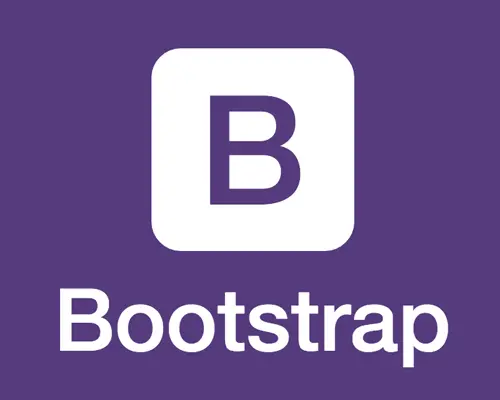
Bootstrap is also an open-source tool that works as a go-to solution for developers to build responsive websites and web applications. It is a widely-known HTML, CSS, and JS framework trusted to develop mobile-first websites. Since its introduction in the tech market, its immense potential has contributed significantly toward its quick growth.
3. jQuery
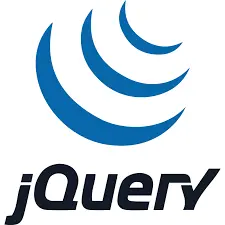
jQuery is an open-source JavaScript library that simplifies the difference of working between the combination of HTML & CSS and JavaScript. It allows interaction between HTML/CSS documents or, to be clearer, the Document Object Model (DOM) and JavaScript.
It is used to perform various tasks in full stack development, including AJAX interactions, browser event handling, HTML document traversing and manipulation, cross-browser development, DOM animations, and so on.
4. React.js

React.js is a flexible, declarative, and efficient JavaScript library used for building user interfaces. This free and open-source library enjoys extreme popularity among developers. It was developed by the team at Facebook. React.js is a component-based front-end library responsible for the view layer of a web application,
5. SASS
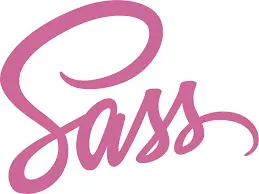
SASS is a reliable and robust CSS extension language used to enhance the functionality of the existing CSS, including inheritance, variables, and nesting.
Other front-end libraries and frameworks include Semantic-UI, Materialize, Backbone.js, Foundation, Express.js, Ember.js, etc.
What is Back-end Web Development?
Full stack development means combining front-end and back-end development. As is evident by the name, back-end website development refers to the server-side or back-end aspects of a web application or website and their roles in the development process. It deals with building codes to enable communication between a database and an app.
The primary goal of back-end development is to handle the part of a website that users can’t see or interact with so they have a hassle-free user experience while visiting a website or web app. The back-end side of a website manages the database technologies by using queries and allowing client-side interaction through the use of APIs (Application Programming Interfaces).
Developers must keep the back end of a website up to date while managing servers, databases, software, and apps. For this, they must be well-versed in back-end technologies. They update the back end regularly and allow easy access by working on website structure, server, and database.
Also read: 25 Best Web Development Projects in 2025 [With Source Code]
Back-end Technologies for Full-stack Development
Let’s take a look at the libraries, frameworks, and programming languages used to build back-end parts of a website or web application:
1. PHP

PHP is a server-side scripting language mainly used to run on web servers and perform various operations to ensure the back end works smoothly. As PHP code is executed on the server side, it is known as a server-side scripting language.
2. C++

It is one of the most sought-after general-purpose programming languages used to complement other back-end frameworks. It works with them to manage back-end functions during web development. These days, C++ is widely used for competitive programming.
3. Java
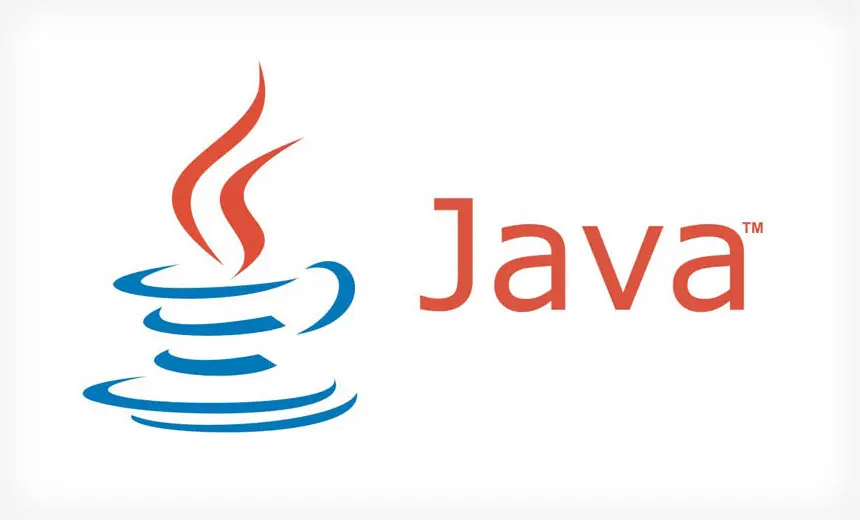
Java needs no introduction. This programming language enjoys evident popularity and is trusted for its scalability.
4. Python
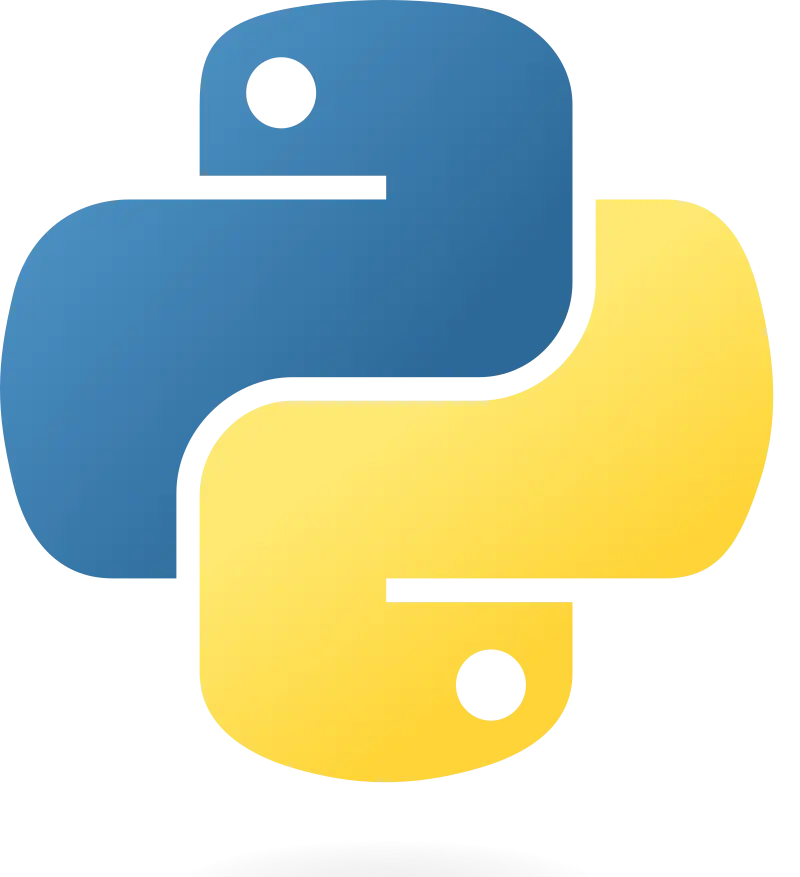
Python is another commonly-used programming language used in back-end website development. It lets developers integrate systems efficiently and offers multiple sub-frameworks and a simple syntax, making it a top choice for web development.
5. Node.js

Noe.js is an open-source runtime environment used for executing JavaScript code outside the native browser platform. Please note that Node.js is neither a programming language nor a framework but a runtime environment that performs functions like designing and developing APIs. It has also empowered renowned platforms, such as Netflix, Paypal, Walmart, Uber, etc.
Back-end Frameworks
Common back-end frameworks for web development are Rails, Django, Spring, Express, Laravel, etc.
A few other back-end scripting or programming languages include REST, C#, Ruby, GO, etc.
Also read: Top 12 Front-End Web Developer Skills (2025)
Databases in Full Stack Development
A database is a collection of interrelated data that allows us to insert, delete, and retrieve data efficiently and represent it as a table, schema, view, and report. It is basically a channel that lets us perform different operations on the updated data. Here are some of the widely used databases for full stack web development:
1. Oracle
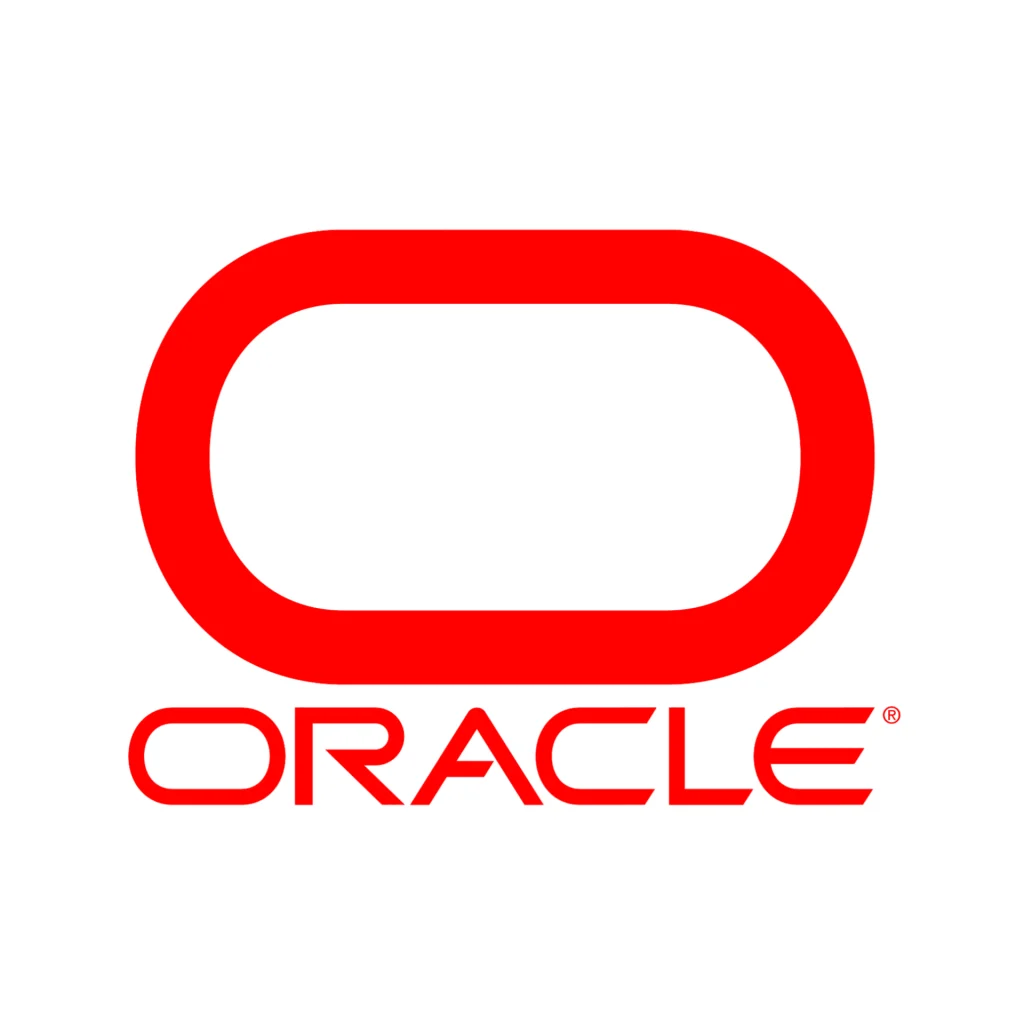
Oracle is a one-stop solution for all your database requirements. It is a collection of data treated as a unit and is used to store and retrieve information regarding a query. It is easy to use and enables developers to find required data and work with database servers easily.
2. MongoDB
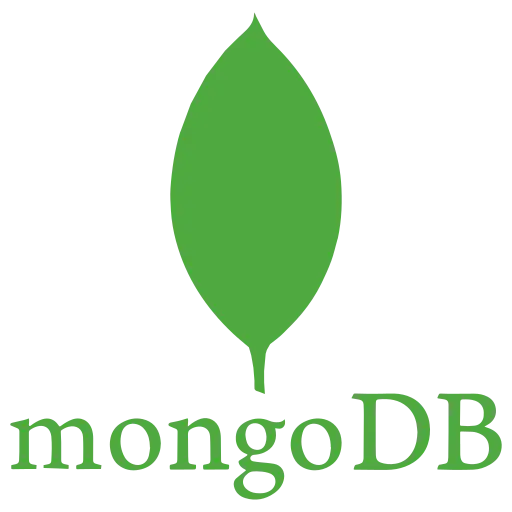
MongoDB is a famous NoSQL database that is commonly implemented these days. NoSQL translates to a non-relational database model for storage, which means that there are no table-like entities or relational database structures. This open-source and document-oriented database offers a better storage mechanism and efficient model to retrieve data quickly.
3. MS SQL

Structured Query Language is a standard database language that has been considered the top database for a few years now. It enjoys significant popularity among developers who use it to create, maintain, and retrieve relational databases. It is mainly preferred by developers who need relational database models and techniques that follow.
Servers in Full Stack Development
Servers are like the heart of a web application. Although there are several servers available, we have mentioned the two most popular ones below:
1. Nginx

It is a popular server tool that works like an HTTP and a reverse proxy server. Moreover, it can double up as a mail proxy server and as a TCP/UDP proxy server.
2. Apache
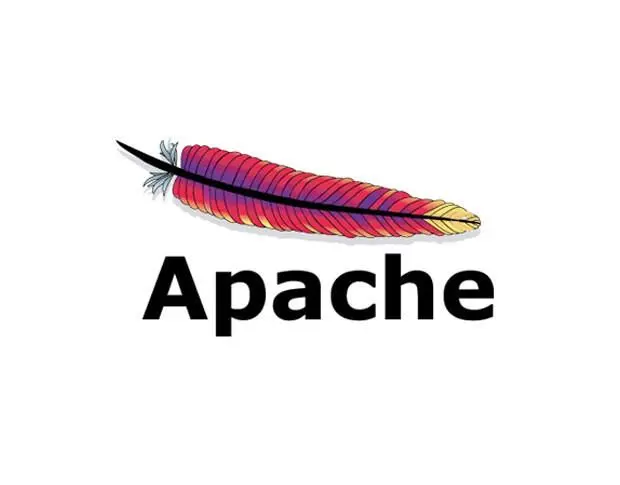
Apache is a commonly-used platform for full stack development, providing programmers with a high-level abstraction as they work with MapReduce. Apache also offers Pig Latin, a high-level scripting language used to develop data analysis programs.

Popular Tech Stacks for Full Stack Development
A technology stack is the underlying framework, tools, and libraries used to develop and run a website or application. Let’s check out the tech stack used for full stack web programming:
1. MEAN Stack
The name may sound complex, but this stack has a simple architecture. It is a popular stack for creating web applications using JavaScript. The four primary technologies that make up the MEAN stack are:
MongoDB- a NoSQL document database
ExpressJS- a Node.js web framework
AngularJS- a client-side JavaScript framework
NodeJS- the JavaScript web server
2. MERN Stack
It is a variation of the MEAN stack, where ReactJS replaces AngularJS as a front-end technology. This allows the reuse of components without repeatedly writing the same code. MERN stack is used by startups and a few Fortune 500 companies.
3. Rails or Ruby on Rails
Ruby was introduced in 2005 and has seen profound growth and advancements since. Its server-side sibling, Ruby on Rails, is considered the most advanced scripting language. Its efficiency, ease of use, and simplicity make Rails a popular choice for full-stack development.
It also includes numerous tools and features, such as automated testing, scaffolding, ActiveRecord, and Object-relational mapping, that make the development process seamless and streamline database management. Its effective practices include ‘convention over configuration’ and ‘don’t repeat yourself.
4. Django Stack
We have seen or played with toys that come with batteries. We simply need to plug in those batteries and can play with them for hours. Django is a common framework used in a similar way.
As developers make Python scripts, Django speeds up and simplifies the process so they can be used in one simple import. Django comes with hundreds of transcription libraries and uses web frameworks, Python, and databases like MySQL and PostgreSQL. It is trusted for its effectiveness, scalability, and user-friendliness.
5. LAMP Stack
LAMP is another tech stack for full-stack website development and has been in implementation for some time now. Developers rely on this tech stack and use it to build websites on the client side and server side.
It includes Apache, Linux, MySQL, and PHP, along with scripting languages like Perl and Python. We can easily customize this open-source technology stack to suit our development requirements. It also has an active community of users who extend their assistance and resources whenever needed.
Free Courses for You
| Course Name | Course Name |
| Django Course | Affiliate Marketing Course |
| Semrush Course | Video Editing Course |
| Blogging Course | AngularJS Course |
| Shopify Course | Photoshop Course |
FAQs About Full Stack Development
Full stack development combines front-end and back-end aspects of the website or application development.
To be a full-stack developer, you need to work on the following skills:
– Front-end- HTML, JavaScript, CSS
– Back-end- Python, Java, PHP
– Version Control- Git/GitHub
– Databases- SQL, NoSQL, MongoDB
– DevOps- Docker and cloud platforms like Azure and AWS
The time required to learn full stack development can vary based on your expertise, knowledge level, syllabus, practice, and learning speed. On average, you need 3-6 months to complete a full-stack training program and get job-ready.
Front-end development- It focuses on the client-side part of a website, including user interface and experience.
Back-end development- It handles server-side logic, APIs, and databases.
Full-stack development- It combines front-end and back-end development.
In 2025, full-stack development is one of the most sought-after skills due to its versatility and ability to handle end-to-end development processes.
As a skilled full stack developer, you can apply for the following positions:
– Full Stack Web Developer
– Software Engineer
– Front-end Developer with Back-end Expertise
– Application Developer
You don’t need any specific degree to become a full stack developer. You can acquire full-stack development skills through online courses, tutorials, videos, books, and self-learning. However, a degree in computer science can be beneficial.
The popular tools used for full stack development are:
– Front-end languages- HTML, CSS, JavaScript
– Front-end frameworks- AngularJS, Bootstrap, jQuery, React.js, SASS
– Back-end languages- PHP, C++, Java, Python, Node.js
– Back-end frameworks- Rails, Django, Spring, Express, Laravel
– Databases– Oracle, MongoDB, MS SQL
– Servers- Nginx, Apache
MERN and MEAN stacks are two full-stack development tools used for building full-stack apps. They consist of different technologies:
– MERN: MongoDB, Express.js, React, Node.js
– MEAN: MongoDB, Express.js, Angular, Node.js
REST API, or Representational State Transfer) allows communication between frontend and backend by sending HTTP requests to exchange data.
A database management process involves:
– Writing CRUD operations
– Designing database schemas
– Using Object-relational Mapping (ORMs) like Mongoose, Sequelize, or Django ORM.
DevOps combines development and operations parts of the entire development process. Using DevOps tools like Jenkins, Docker, and AWS, developers can ensure smooth application deployment, maintenance, and scalability.
You can find ample resources to learn full-stack development, such as books, online tutorials, YouTube videos, and online platforms offering full stack developer courses.
– Platforms: WsCube Tech, Coursera, Udemy, Codecademy, freeCodeCamp
– YouTube Channels: WsCube Tech, Traversy Media, The Net Ninja
– Books: Eloquent JavaScript, You Don’t Know JS, Learning React
You can start by learning basic programming languages like CSS and HTML and then gradually advance to more technical aspects.
A full stack developer faces several challenges, including:
– Balancing frontend and backend expertise
– Keeping up with updates and trends in the technical field
– Debugging and addressing complex issues in end-to-end applications
Conclusion
We hope this blog helped you get familiar with full-stack development and cleared all your doubts. Web development is a wide concept, and full-stack development is a crucial part of that universe. Anyone who aspires to be a developer must have a fair understanding of its meaning, related concepts, tech stacks, and more.
With the evolving technologically-driven digital era, the demand for full-stack developers is also witnessing a surge at the national and international levels. So, make the best of this opportunity and try your hands at full-stack development. Take up our full-stack developer course to acquire the necessary skills and knowledge and build a promising career in this lucrative tech industry.



